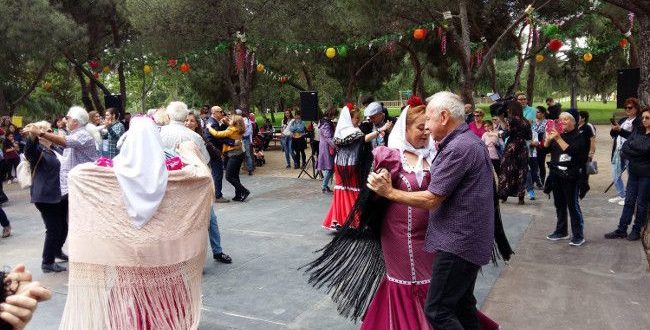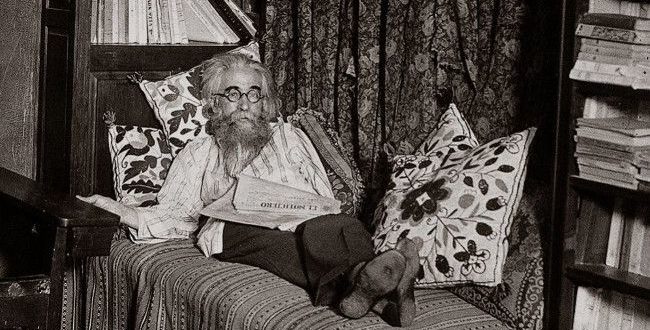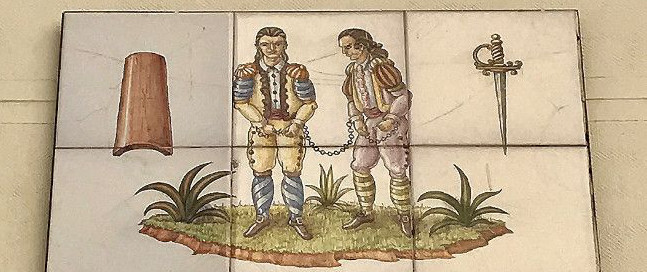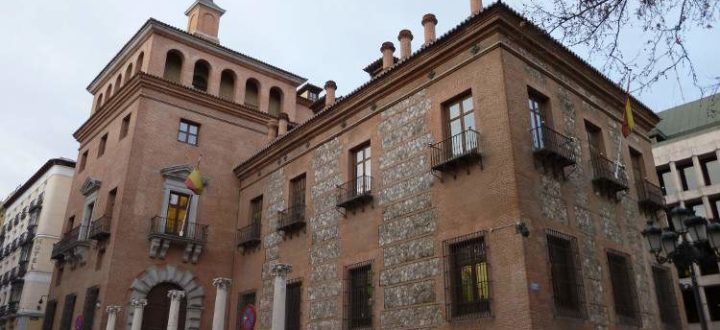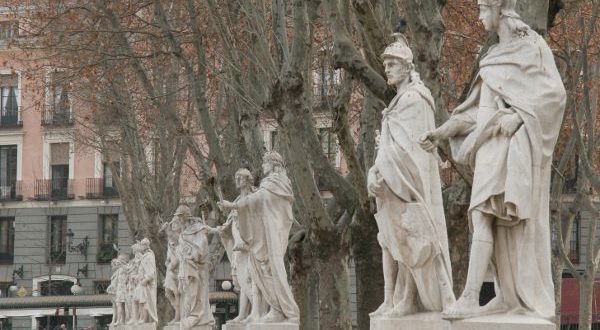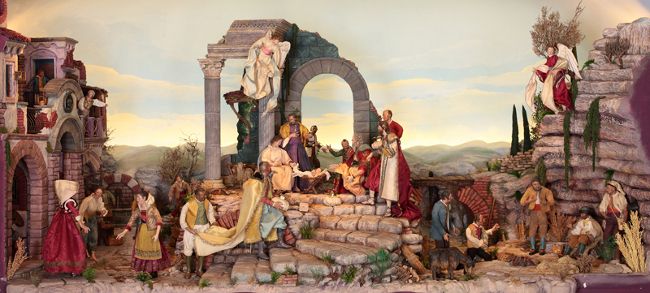
Christmas is here and with it also come the atmosphere, carols, street lighting, Christmas trees and traditional nativity scenes in Peñíscola. The “Belen” is the representation of the birth of Jesus Christ as well as Mary, Joseph, the boy, the ox, the mule, the manger, the Star of the East, the Three Kings, etc. This… Continue reading “Nativity Scenes in Peñíscola – Belem”
